Dacia Spring vs Mazda 2 Hybrid – Performance, range & efficiency compared
Costs and Efficiency:
Price and efficiency are key factors when choosing a car – and this is often where the real differences emerge.
Dacia Spring has a decisively advantage in terms of price – it starts at 14500 £, while the Mazda 2 Hybrid costs 21400 £. That’s a price difference of around 6935 £.
Engine and Performance:
Power, torque and acceleration say a lot about how a car feels on the road. This is where you see which model delivers more driving dynamics.
When it comes to engine power, the Mazda 2 Hybrid has a convincingly edge – offering 116 HP compared to 65 HP. That’s roughly 51 HP more horsepower.
In acceleration from 0 to 100 km/h, the Mazda 2 Hybrid is decisively quicker – completing the sprint in 9.70 s, while the Dacia Spring takes 13.70 s. That’s about 4 s faster.
In terms of top speed, the Mazda 2 Hybrid performs evident better – reaching 175 km/h, while the Dacia Spring tops out at 125 km/h. The difference is around 50 km/h.
Space and Everyday Use:
Cabin size, boot volume and payload all play a role in everyday practicality. Here, comfort and flexibility make the difference.
Seats: Mazda 2 Hybrid offers a bit more seating capacity – 5 vs 4.
In curb weight, Dacia Spring is a bit lighter – 1013 kg compared to 1180 kg. The difference is around 167 kg.
In terms of boot space, the Dacia Spring offers minimal more room – 308 L compared to 286 L. That’s a difference of about 22 L.
In maximum load capacity, the Dacia Spring performs slight better – up to 1004 L, which is about 69 L more than the Mazda 2 Hybrid.
When it comes to payload, Mazda 2 Hybrid evident takes the win – 435 kg compared to 302 kg. That’s a difference of about 133 kg.
Who comes out on top?
Overall, the Mazda 2 Hybrid shows itself to be edges ahead and secures the title of DriveDuel Champion.
It convinces with the more balanced overall package and proves to be the more versatile choice for everyday use.
Costs and Consumption
View detailed analysis
Engine and Performance
View detailed analysis
Dimensions and Body
View detailed analysis
 @ Mazda Motor Corporation
@ Mazda Motor Corporation
Mazda 2 Hybrid
Dacia Spring
The Dacia Spring is an unpretentious city electric that strips EV ownership down to the essentials, offering clean, fuss-free transport for daily urban life. It won't impress luxury-seekers, but its cheerful practicality and rock-bottom running costs make it a clever, no-nonsense choice for anyone who wants electric mobility without the drama.
details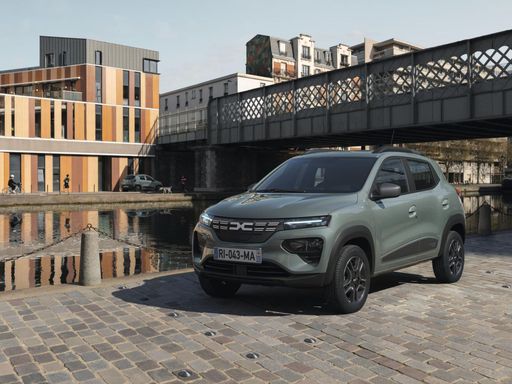 @ Dacia / Renault Group Media
@ Dacia / Renault Group Media
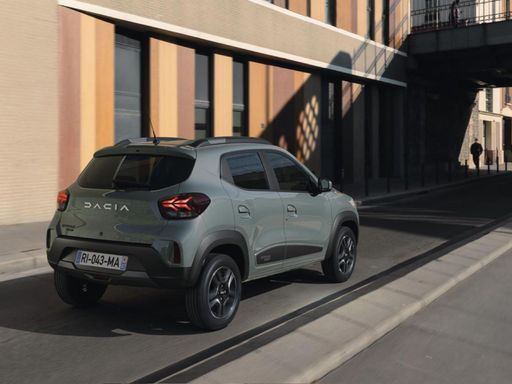 @ Dacia / Renault Group Media
@ Dacia / Renault Group Media
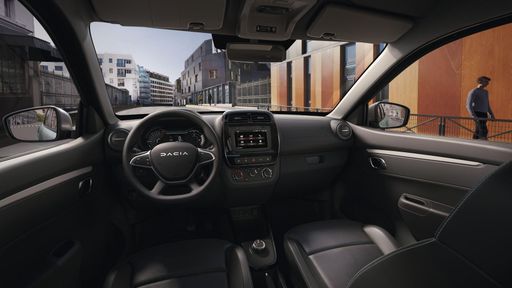 @ Dacia / Renault Group Media
@ Dacia / Renault Group Media
Mazda 2 Hybrid
The Mazda 2 Hybrid brings Mazda’s trademark driving flair to the city, combining smooth, efficient running with unexpectedly eager handling that keeps short trips engaging. Compact, nicely finished and sensible on running costs, it’s a clever choice for buyers who want the economy of a small car without sacrificing cabin quality or personality.
details @ Mazda Motor Corporation
@ Mazda Motor Corporation
 @ Mazda Motor Corporation
@ Mazda Motor Corporation
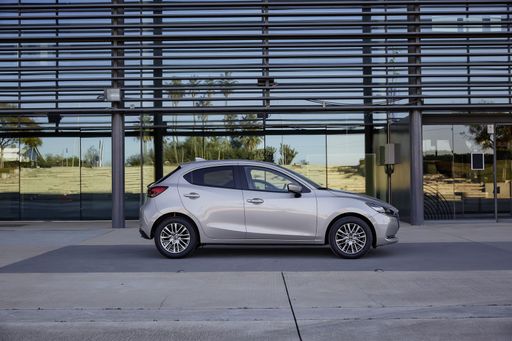 @ Mazda Motor Corporation
@ Mazda Motor Corporation
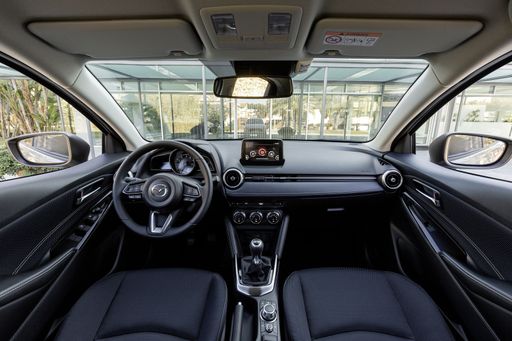 @ Mazda Motor Corporation
@ Mazda Motor Corporation
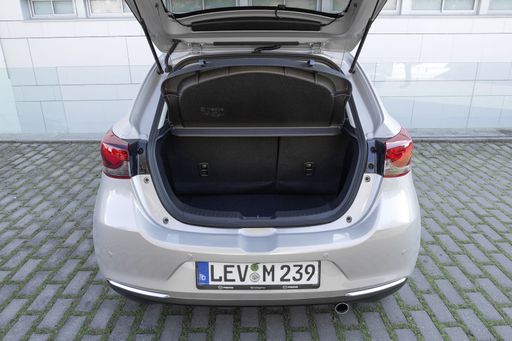 @ Mazda Motor Corporation
@ Mazda Motor Corporation
 @ Dacia / Renault Group Media
@ Dacia / Renault Group Media
|
 @ Mazda Motor Corporation
@ Mazda Motor Corporation
|
|
|
|
Costs and Consumption |
|
|---|---|
|
Price
14500 - 17100 £
|
Price
21400 - 28200 £
|
|
Consumption L/100km
-
|
Consumption L/100km
3.8 - 4 L
|
|
Consumption kWh/100km
13.2 - 14.1 kWh
|
Consumption kWh/100km
-
|
|
Electric Range
225 - 228 km
|
Electric Range
-
|
|
Battery Capacity
26.80 kWh
|
Battery Capacity
-
|
|
co2
0 g/km
|
co2
87 - 93 g/km
|
|
Fuel tank capacity
-
|
Fuel tank capacity
36 L
|
Dimensions and Body |
|
|---|---|
|
Body Type
SUV
|
Body Type
Hatchback
|
|
Seats
4
|
Seats
5
|
|
Doors
5
|
Doors
5
|
|
Curb weight
1013 - 1050 kg
|
Curb weight
1180 kg
|
|
Trunk capacity
308 L
|
Trunk capacity
286 L
|
|
Length
3701 mm
|
Length
3940 mm
|
|
Width
1583 mm
|
Width
1745 mm
|
|
Height
1519 mm
|
Height
1505 mm
|
|
Max trunk capacity
1004 L
|
Max trunk capacity
935 L
|
|
Payload
265 - 302 kg
|
Payload
435 kg
|
Engine and Performance |
|
|---|---|
|
Engine Type
Electric
|
Engine Type
Full Hybrid
|
|
Transmission
Automatic
|
Transmission
Automatic
|
|
Transmission Detail
Reduction Gearbox
|
Transmission Detail
CVT
|
|
Drive Type
Front-Wheel Drive
|
Drive Type
Front-Wheel Drive
|
|
Power HP
44 - 65 HP
|
Power HP
116 HP
|
|
Acceleration 0-100km/h
13.7 - 19.1 s
|
Acceleration 0-100km/h
9.70 s
|
|
Max Speed
125 km/h
|
Max Speed
175 km/h
|
|
Torque
113 - 125 Nm
|
Torque
-
|
|
Number of Cylinders
-
|
Number of Cylinders
3
|
|
Power kW
33 - 48 kW
|
Power kW
85 kW
|
|
Engine capacity
-
|
Engine capacity
1490 cm3
|
General |
|
|---|---|
|
Model Year
2024
|
Model Year
2025
|
|
CO2 Efficiency Class
A
|
CO2 Efficiency Class
B
|
|
Brand
Dacia
|
Brand
Mazda
|
What drive types are available for the Dacia Spring?
The Dacia Spring is available as Front-Wheel Drive.
The prices and data displayed are estimates based on German list prices and may vary by country. This information is not legally binding.
